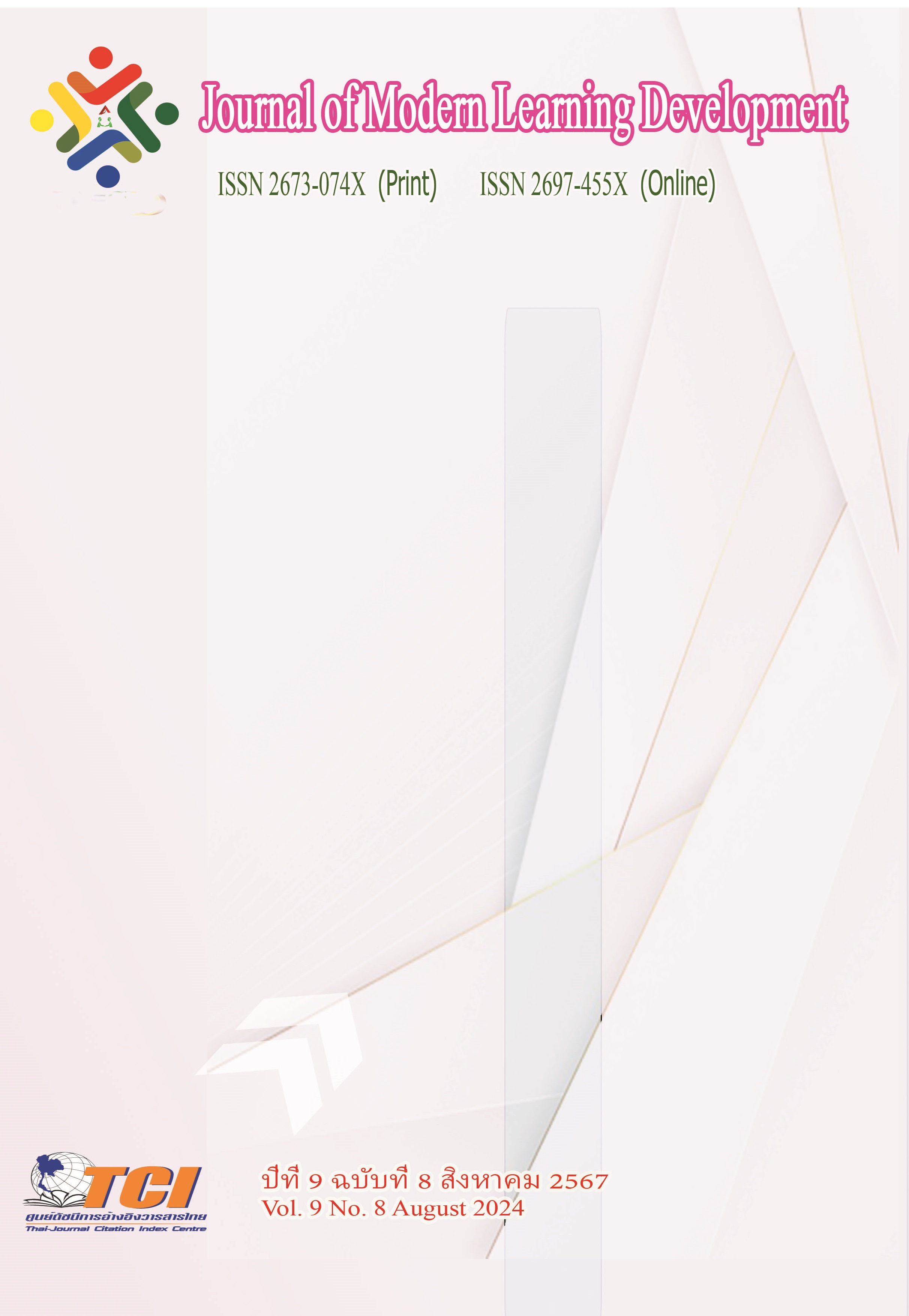The Nurturing Gen Z's Potential: A Multidimensional Approach to Preparing for an AI-Driven Future
Main Article Content
Abstract
This research investigates the strengths and vulnerabilities of Generation Z in relation to an AI-driven future and proposes a multidimensional framework for their development. The study focuses on individuals born between the mid-1990s and early 2010s. Surveys, interviews, and observations are used as research instruments to gather data. Findings reveal that Generation Z possesses a high level of technological nativity, but there is a need to enhance their critical digital literacy. They demonstrate adaptability to change, but striking a balance between surface-level versatility and deep learning is necessary. While they collaborate effectively with AI tools, they require a critical understanding of biases, limitations, and ethical implications associated with AI systems. This research emphasizes the importance of integrating AI education into school curricula, fostering critical thinking and creativity, promoting digital well-being, and addressing ethical considerations. A multidimensional approach involving educators, policymakers, and researchers is vital to empower Generation Z as critical thinkers, creative problem-solvers, and responsible users of AI. These findings contribute to the successful integration of Generation Z into the AI-driven society of tomorrow.
Article Details
References
Amodei, D., Olah, C., Steinhardt, J., Christiano, P., Schulman, J., & Mané, D. (2016). Concrete problems in AI safety. arXiv preprint arXiv:1606.06565.
Barron, B. J., Schwartz, D. L., Vye, N. J., Moore, A., Petrosino, A., Zech, L., ... & Bransford, J. D. (1998). Doing with understanding: Lessons from research on problem-and project-based learning. Journal of the Learning Sciences, 7 (3-4), 271-311.
Beck, E., & Wade, B. (2004). Intellectual synthesis and the educational enterprise. Journal of General Education, 53 (3), 225-241.
Brown, J. S. (2005). The renaissance of learning. EDUCAUSE Review, 40 (5), 32-39.
Burrell, J. (2016). How the machine 'thinks': Understanding opacity in machine learning algorithms. Big Data & Society, 3 (1), 2053951715622512.
Collin, K. (2013). Learning through guidance: Exploring the role of mentors in work-related learning. Studies in Continuing Education, 35 (2), 135-152.
Deloitte. (2018). The Deloitte global millennial survey 2018: Millennials' confidence in business, loyalty to employers deteriorate. Online. Retrieved from https: //www2.deloitte.com/global/en/pages/about-deloitte/articles/millennialsurvey.html
Floridi, L., Cowls, J., Beltrametti, M., Chatila, R., Chazerand, P., Dignum, V., ... & Luetge, C. (2018). AI4People—An ethical framework for a good AI society: Opportunities, risks, principles, and recommendations. Minds and Machines, 28 (4), 689-707.
Ford, M. (2015). Rise of the robots: Technology and the threat of mass unemployment. Oneworld Publications.
Frey, C. B. (2020). The technology trap: Capital, labor, and power in the age of automation. Princeton University Press.
Greengard, S. (2019). The smartest places on earth: Why rustbelts are the emerging hotspots of global innovation. Brookings Institution Press.
Johnson, L., & Smith, R. (2018). Preparing students for the age of artificial intelligence: A case study of an AI summer camp. Technological Horizons in Education Journal, 45(5), 26-30.
Kolikant, A. (2010). Native speakers and native users: Loss and gain. International Journal of Human-Computer Interaction, 26 (11-12), 1053-1070.
Kress, T. (2018). Teaching ethics in the age of AI. Communications of the ACM, 61 (2), 24-26.
Lowry, P. B., & Floccari, M. (2019). Ambiguity tolerance and the influence of technological turbulence on IT professionals' career development. Information Systems Journal, 29 (3), 714-740.
Meijers, F., Kuijpers, M., & Bakker, J. (2013). Leaving the ivory tower: The consequences of the transition from university to work for the learning experiences of young adults. Journal of Education and Work, 26 (4), 377-403.
Mizala, A., Paredes, V., & Solís, A. (2019). Microcredentials for learning: Evidence from a randomized field experiment. Journal of Human Resources, 54 (2), 441-470.
Pink, D. H. (2006). A whole new mind: Why right-brainers will rule the future. Penguin.
Prensky, M. (2001). Digital natives, digital immigrants part 1. On the Horizon, 9 (5), 1-6.
PricewaterhouseCoopers. (2019). A new relationship with work: Fourth industrial revolution survey.
Seemiller, C., & Grace, M. (2016). Generation Z goes to college. John Wiley & Sons.
Selinger, E. (2009). Object lessons. In E. Selinger & R. Crease (Eds.), Technoscience and postphenomenology: The Manhattan papers (pp. 17-42). Lexington Books.
Selwyn, N. (2009). The digital native – myth and reality. Aslib Proceedings, 61 (4), 364-379.
Steinberg, L., Icenogle, G., Shulman, E. P., Breiner, K., Chein, J., Bacchini, D., ... & Takash, H. M. (2017). Around the world, adolescence is a time of heightened sensation seeking and immature self-regulation. Developmental Science, 21 (2), e12532.
Turkle, S. (2011). Alone together: Why we expect more from technology and less from each other. Basic Books.
Twenge, J. M. (2017). iGen: Why today's super-connected kids are growing up less rebellious, more tolerant, less happy--and completely unprepared for adulthood. Atria Books.


